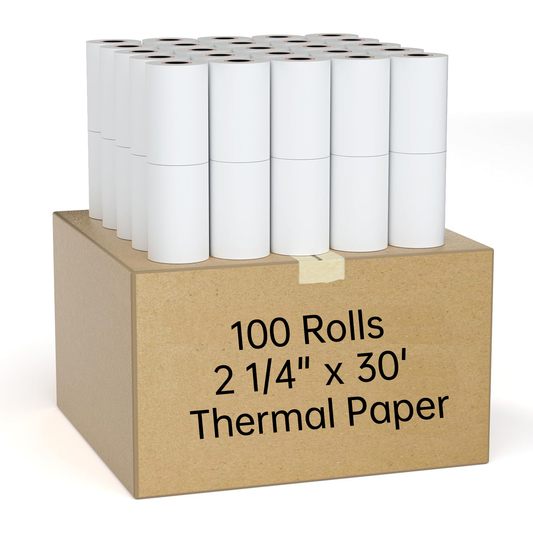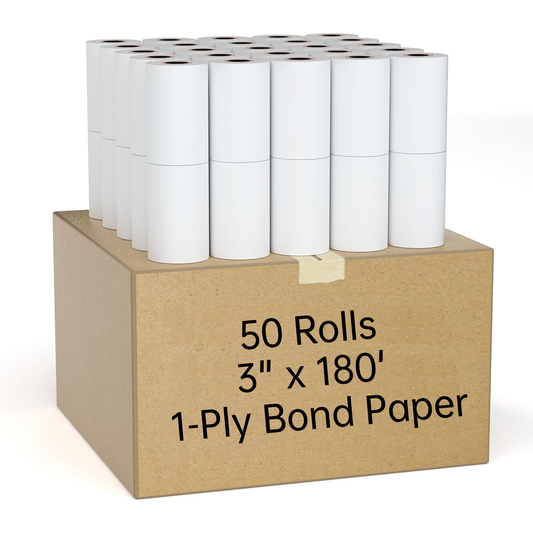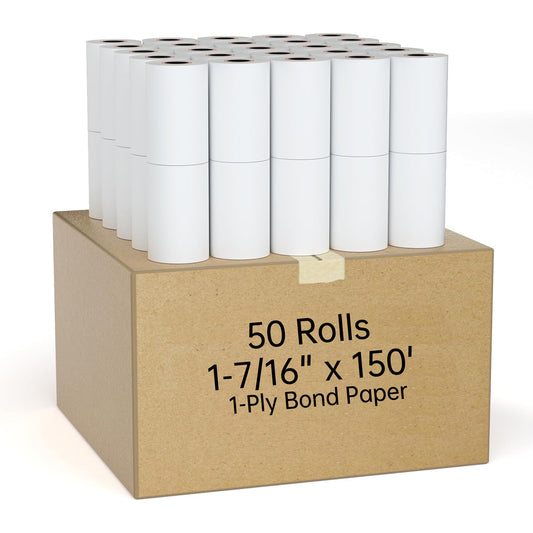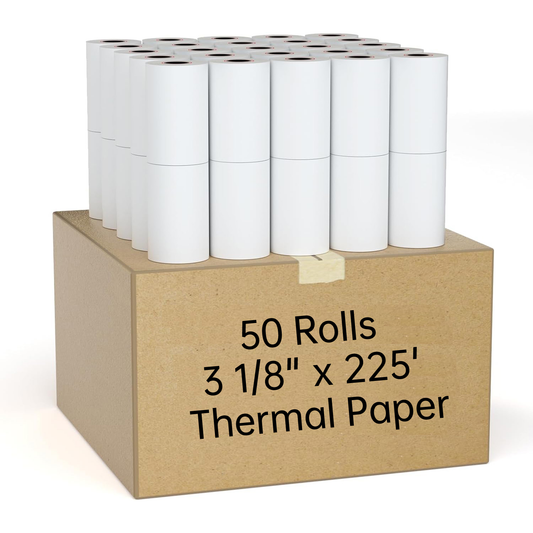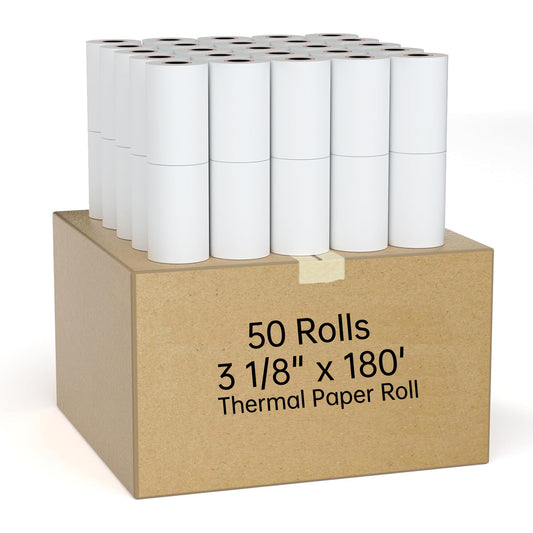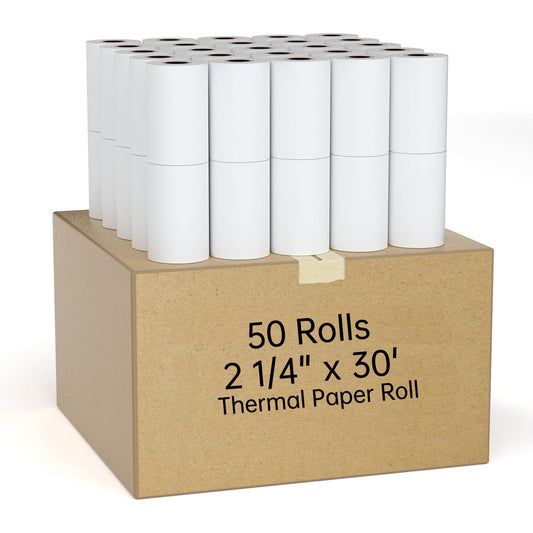Thermal paper is a unique fine paper coated with a material that changes color when exposed to heat, making it ideal for applications in thermal printers like receipt printers, cash registers, and credit card terminals. Let's delve into the fascinating world of thermal paper, exploring its uses, history, chemistry, and environmental considerations.
Uses of Thermal Paper
Thermal paper finds widespread use in various industries due to its efficiency and reliability in printing receipts and labels. It is commonly used in:
- Retail: Point-of-sale (POS) systems for printing receipts quickly and quietly.
- Hospitality: Order printers in restaurants and bars for ticket printing.
- Transportation: Ticketing machines for printing travel tickets and boarding passes.
- Logistics: Shipping labels for tracking packages.
- Medical: Diagnostic equipment for printing test results.
- Banking: ATMs and credit card terminals for transaction receipts.
History of Thermal Paper
Thermal paper technology dates back to the mid-20th century when Texas Instruments invented the thermal print head in 1965. The first commercial application was seen in the Silent 700 computer terminal, launched in 1969, which utilized thermal paper for printing. Over the decades, advancements by companies like NCR and 3M led to improvements in print quality and durability, making thermal paper a staple in receipt and label printing.
Chemistry Behind Thermal Paper
The key to thermal paper's functionality lies in its chemical coating, typically comprising:
- Leuco Dyes: Such as triaryl methane phthalide or fluoran dyes, which remain colorless until exposed to heat.
- Developers: Organic acids like Bisphenol A (BPA) or Bisphenol S (BPS), which react with the leuco dyes to produce color upon heating.
- Sensitizers: Compounds that optimize the temperature at which color formation occurs, ensuring clarity and efficiency in printing.
- Stabilizers: Preventing color degradation and ensuring longevity of the printed image.
Environmental Considerations
Despite its widespread use, thermal paper has raised environmental concerns, primarily due to the presence of Bisphenol A (BPA) in its coating. BPA is known as an endocrine disruptor and can contaminate recycled paper, posing risks to human health and the environment. In response, newer formulations of thermal paper use alternatives like Bisphenol S (BPS) or phenol-free compounds, reducing environmental impact while maintaining print quality.
Conclusion
Thermal paper continues to play a vital role in modern printing technologies, offering fast, inkless printing solutions for a range of applications. Understanding its history, chemistry, and environmental implications can help businesses make informed choices about their printing practices. As technology evolves, so too does the sustainability of thermal paper, paving the way for greener alternatives in receipt and label printing.
For more insights into thermal paper and sustainable printing solutions, visit MilaMima.com.




